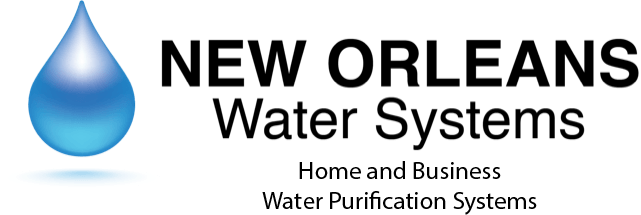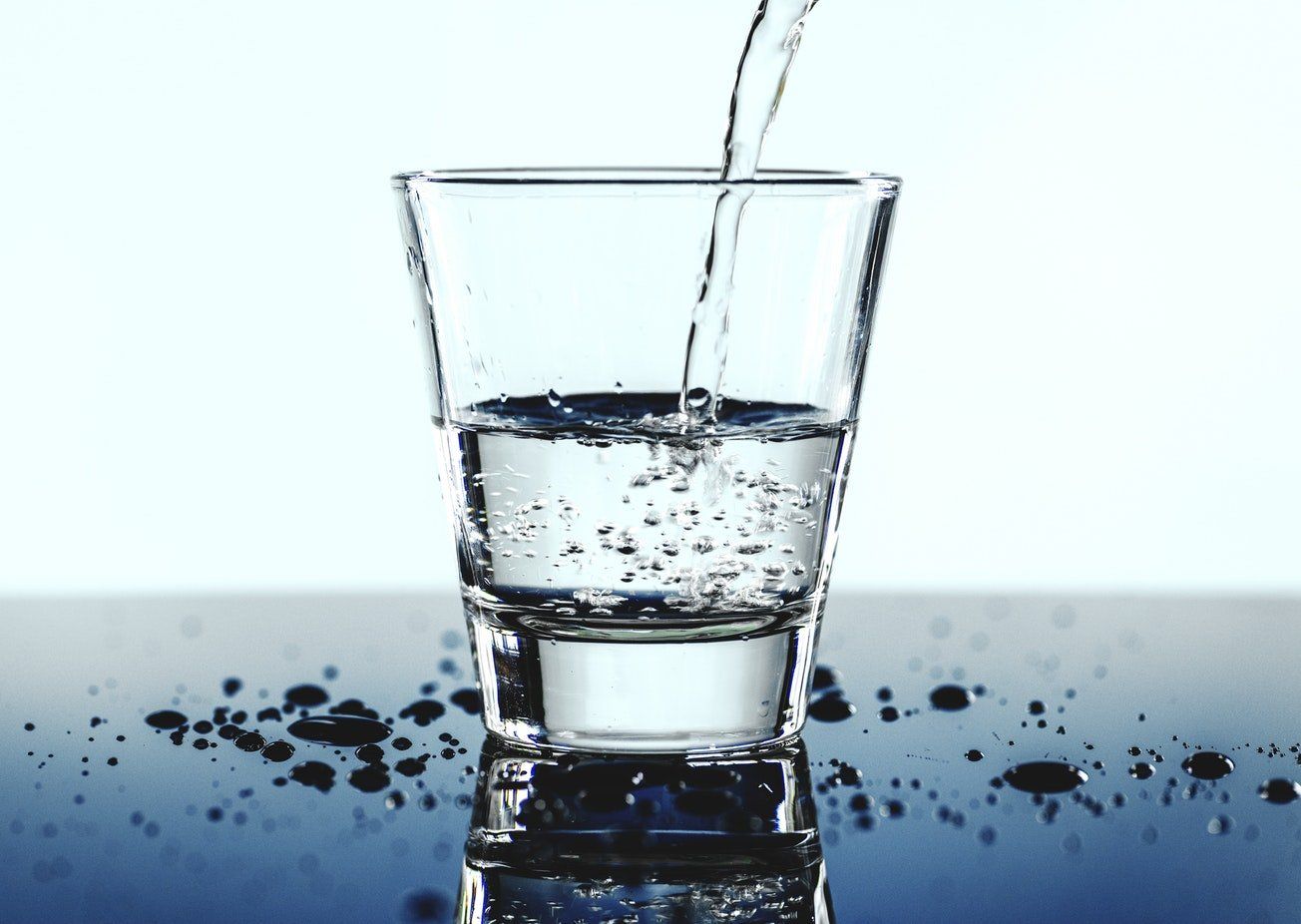Removing Chlorine & Chloramines From Your Tap Water
- By Nola Water
- •
- 28 Feb, 2019
- •
Rid your home of unpleasant water smell & taste.
We use water... all day, everyday
Our daily lives require water, plain and simple. We use it to wash our clothes, wash our dishes, take a shower, and of course... we use it to drink and stay healthy and hydrated.
Properly treated, water is the most healthy liquid you can consume and the cleanest solution to cleaning everyday household items.
Water purification companies understand the dangers associated with untreated water and have taken steps to purify raw water in the most cost-efficient way; using chlorine and chloramine as disinfecting agents.
Why the switch from Chlorine to Chloramine?
Municipalities have been using chlorine as the main disinfectant for over 100 years. Not until recently have public water supplies started to use chloramine as an alternative.
Essentially, chloramine is just ammonia combined with drinking water that already contains chlorine.
More specifically,
"an organic compound containing a chlorine atom bonded to nitrogen, especially any of a group of sulfonamide derivatives used as antiseptics and disinfectants."
Chloramine remains more effective in water distribution pipelines for a longer period of time. Chloramine also removes pathogens such as microorganisms, infectious disease and protozoans.
The U.S. ranks 64th in public water quality, with Switzerland claiming the #1 spot due to theirsuperior natural resources and strict standards for water treatment.
Chlorine still proves to be effective today for removing pathogens and residents continually look for options to remove the chlorine taste from their water for superior water drink-ability.

History Behind Chloramine (in a nutshell)
How to Filter Chloramine
Filtering chloramine can be more expensive compared to filtering chlorine. To remove chloramine, you need to have an extensive carbon filter that not only removes chlorine, but the chloramine molecule as well. Kinetico’s Chloramine Reduction System, frequently installed in conjunction with a Kinetico water softener, is a single-tank solution to filter chloramine from your home’s water supply. The system uses our exclusive Sulfaban media and delivers chloramine-free water to every faucet in your home. It works effectively to maximize chloramine reduction with minimal maintenance.
There are some showerhead filters on the market that claim to remove chloramine although none of these filters are certified to do so.
Whole house filtration systems are your best option to effectively remove any trace of chloramine. These systems can cost anywhere in between $700 to $1,200.
Does Chlorine and Chloramine Pose a Health Risk?
One form of chloramine (monochloramine)is considered safe while dichloramine and trichloramine areconsidered harmful. Although once added to water, the compound can change depending on the organic matter already present in the water.
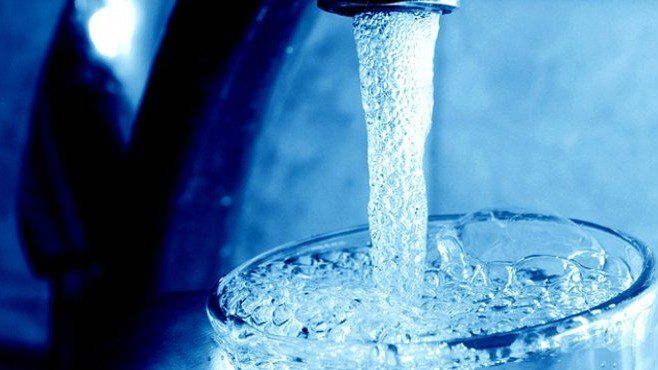
Health Effects of Chlorine
- Blurred vision
- Burning pain, redness, and blisters on the skin if exposed to chlorine gas. Skin injuries similar to frostbite can occur if it is exposed to liquid chlorine
- Burning sensation in the nose, throat, and eyes
- Coughing
- Chest tightness
- Difficulty breathing or shortness of breath. These may appear immediately if high concentrations of chlorine gas are inhaled, or they may be delayed if low concentrations of chlorine gas are inhaled.
- Fluid in the lungs (pulmonary edema) that may be delayed for a few hours
- Nausea and vomiting
- Watery eyes
- Wheezing
Health Effects of Chloramine
Respiratory Symptoms
• sinus and nasal congestion, sneezing
• coughing and wheezing
• dry throat, swollen throat, difficulty swallowing
• shortness of breath
• dry mouth, bad breath, furry-coating on tongue
Skin Symptoms
• rashes and red burning skin, intense itching
• dry, chapping, flaking, cracking skin, bleeding
• dry, itchy scalp, dandruff
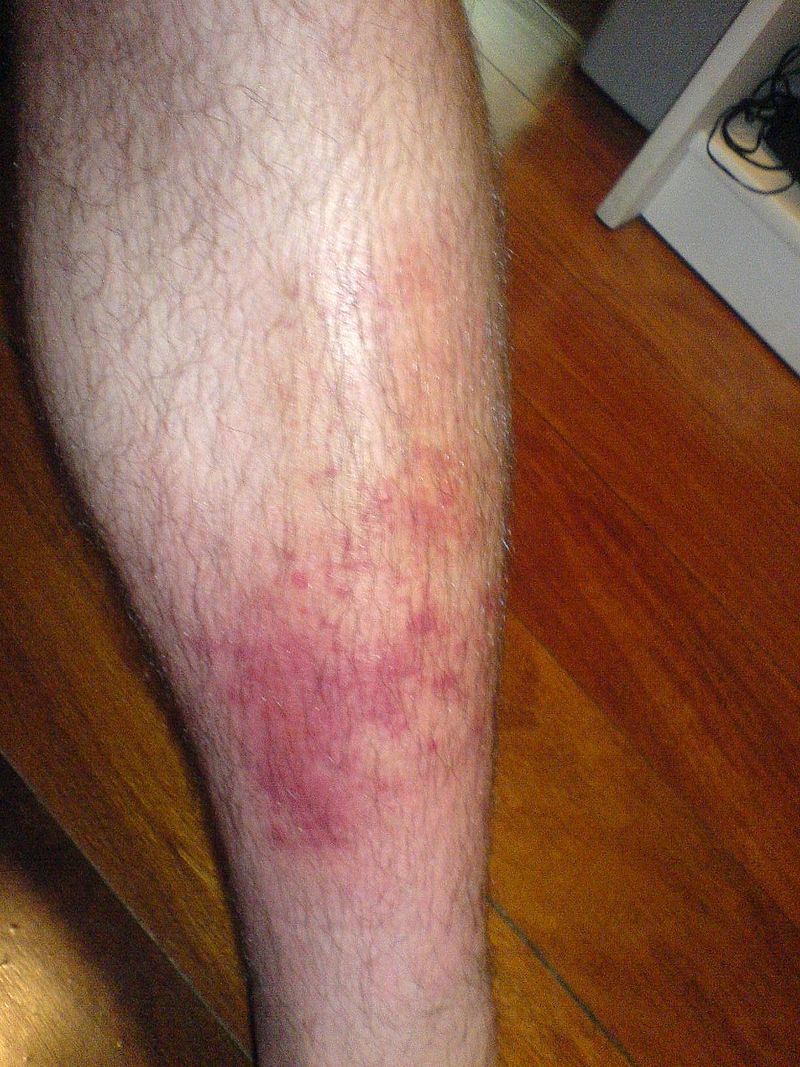
Eye Symptoms
• dry, stinging, or burning eyes
• tearing, red eyes
• bleary eyes
• blurry vision
Digestive Symptoms
• diarrhea
• stomach ache
• irritable bowel symptoms
Effects of Chloramine on Plumbing Fixtures
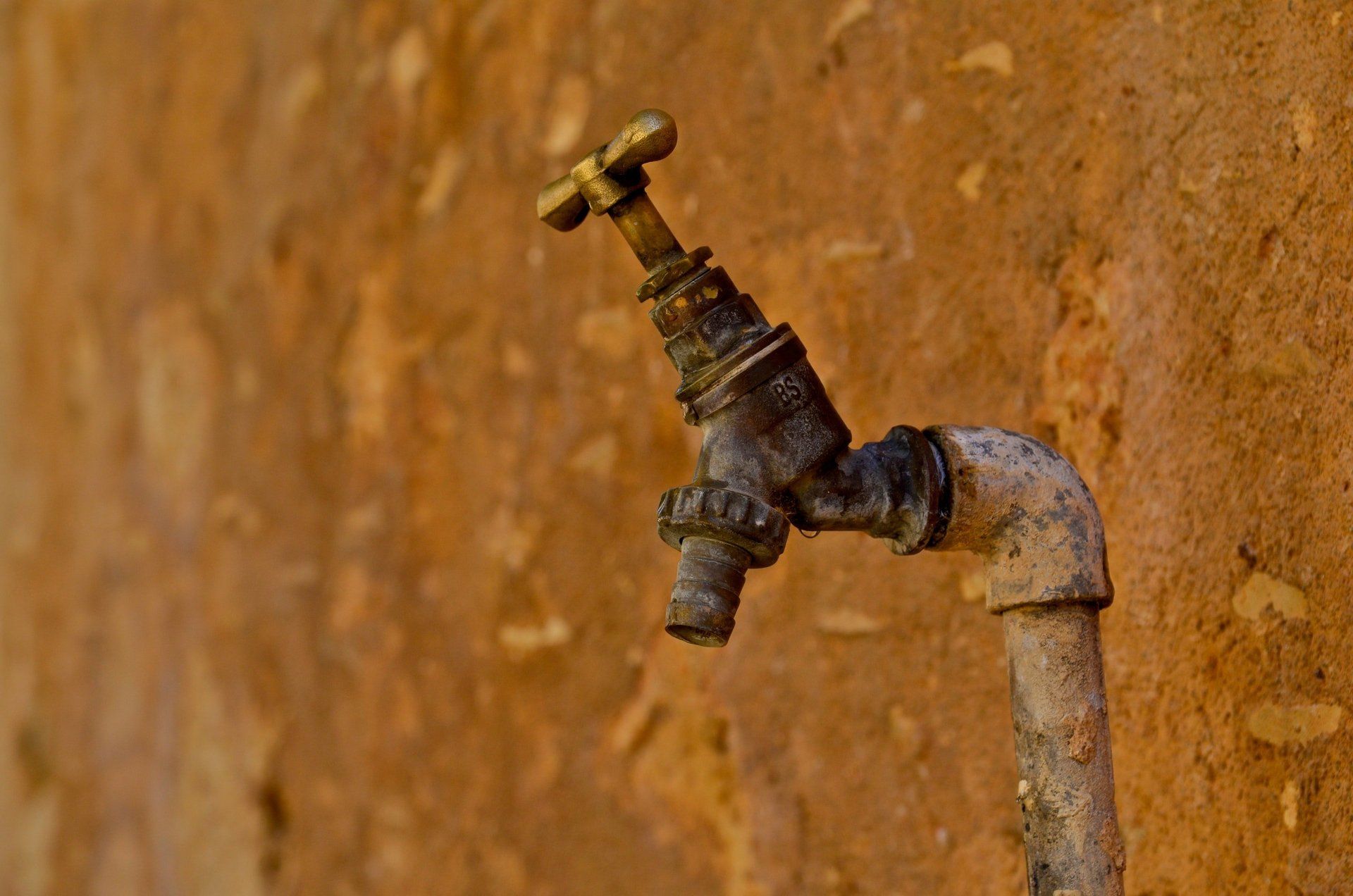
Pinhole leaks in copper fixtures are a common result of chloramine in your water. In turn, these small leaks can cause mold and bacteria growth in your home posing a health risk to you and your family.
The accelerated rate of deterioration in rubber and polyurethane gaskets creates many problems for homeowners. A synthetic polymer can be used as a replacement to avoid chloramine corrosion.
It can take as little as 4 months for chloramine to begin eroding your household plumbing components.
How to Remove Chloramine/Chlorine From Water
There are many options to choose from for the best choice in your home.
1. Dechlorinator
Single-tank Dechlorinators are ideal for homes with lower water flow demands as well as limited space.
2. Reverse Osmosis
As a added feature, reverse osmosis systems not only remove chloramine and chlorine, but also heavy metals and by-products found in water.

3. Ultraviolet Light
Proven and tested by the largest municipal water treatment systems, UV is an excellent, low-maintenance way to disinfect your drinking water.
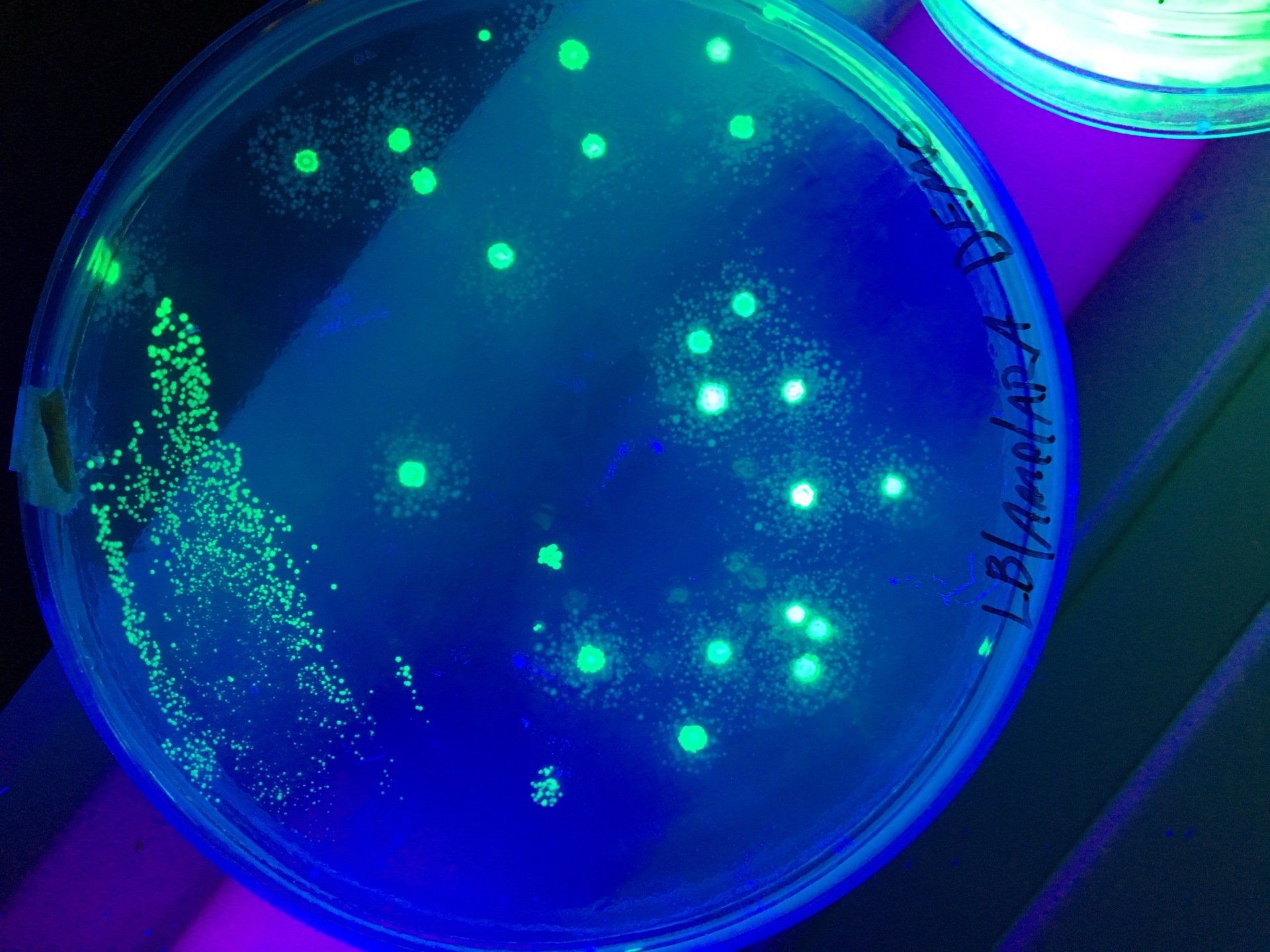
4. Carbon Filters
The two tanks, which contain coconut shell media, accommodate higher flow rates needed in multi-person and larger homes. Non-electric control valve provides on-demand backwashing.Systems meter water and backwash based on actual usage. You won't waste water on unnecessary backwashing.
5. Neutralizer
Supplied in corrosion-resistant tanks, these large tanks provide greater capacity, with easy-access top port for simpler media replenishment.
Chlorine and chloramine cannot cause significant harm to human beingsat regulated levels. However, it is best to be safe to protect your family since these chemicals do, in fact, raise concerns for one's health as well as lead to issues with your plumbing systems.
There are many solutions to help remove chlorine and chloramine in your home. Although, be sure to ask a professional to assess your needs in order to provide the optimal solution for you and your family.
For any additional information or questions regarding effective removal of these chemicals in your home, don't hesitate to reach out to us at Nola Water Systems, (504) 273-0543 or via email at enquiry@nolawater.com.

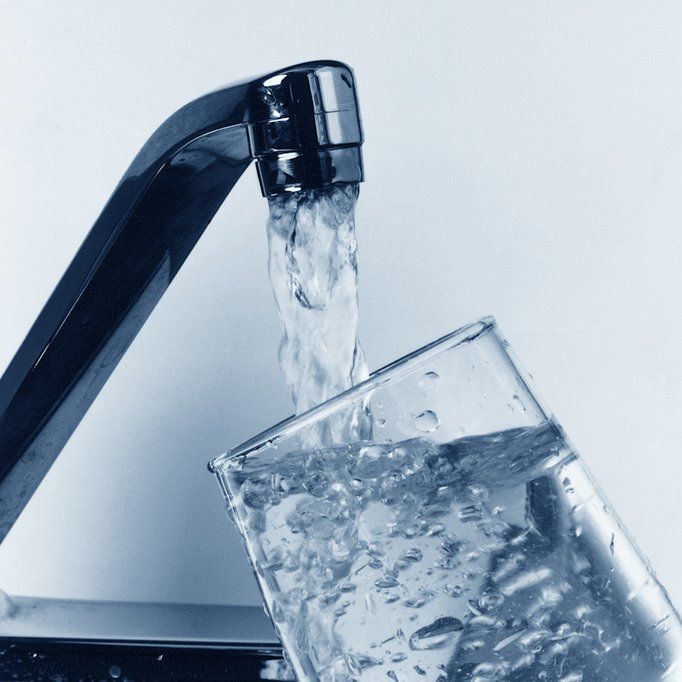
More than one in five Americans are drinking tap water that's been treated with a derivative of chlorine known as chloramine. This disinfectant is formed by mixing chlorine with ammonia.
Chloramine is a less effective disinfectant than chlorine, but it is longer lasting and stays in the water system as it moves through the pipes that transport it to your home (a process that can take three or four days).
For this reason, chloramine is often used alongside chlorine as a "secondary" disinfectant designed to remain in your water longer – but is it safe?



